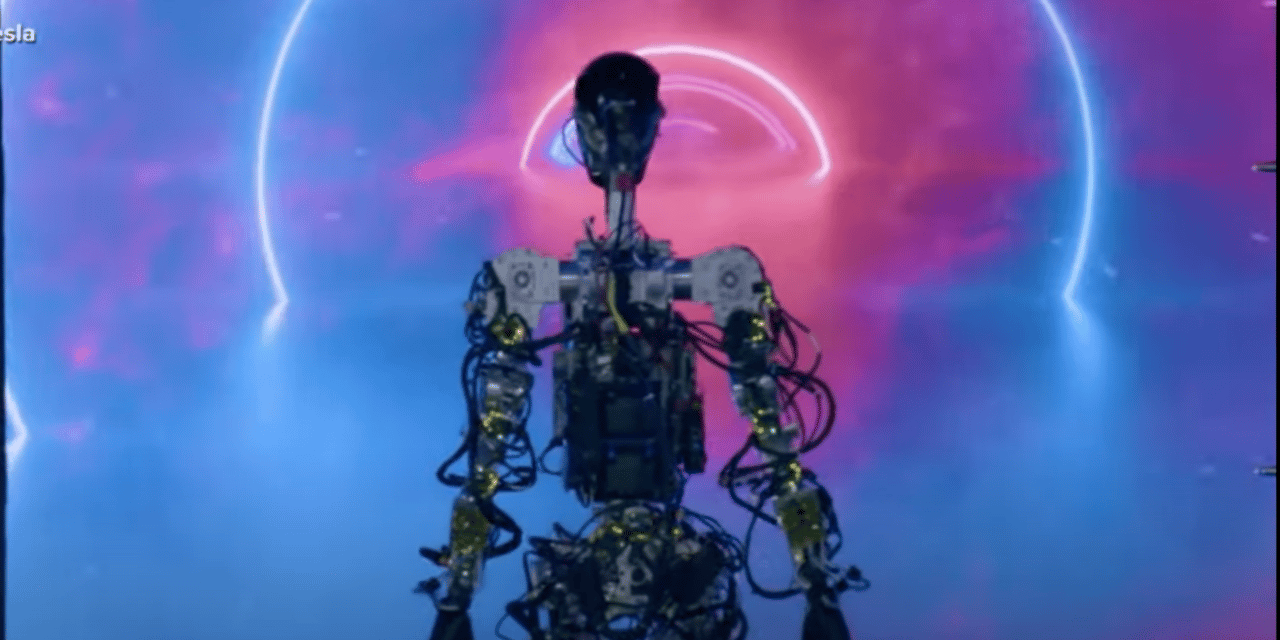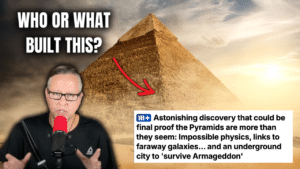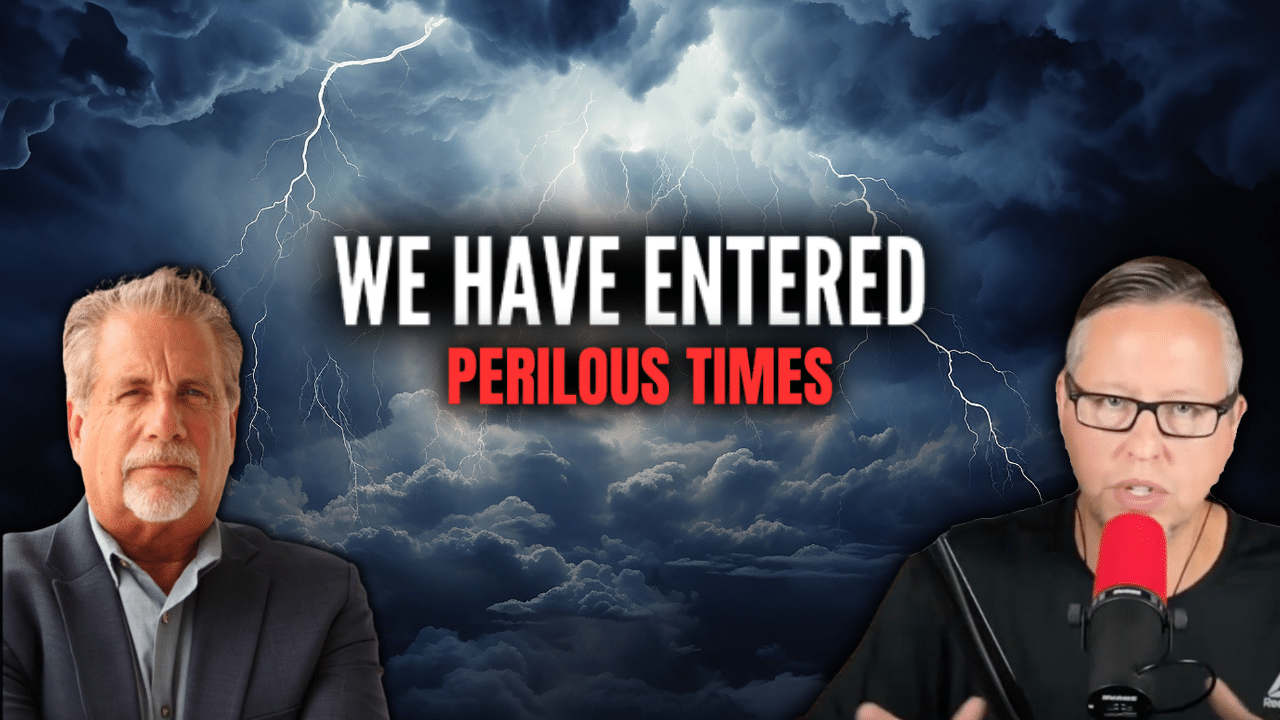Elon Musk showed off a new humanoid robot Friday at a Tesla Inc. TSLA -1.10%▼ artificial-intelligence event, part of the chief executive’s effort to shape public perception of the company as more than an electric-vehicle maker. Mr. Musk first laid out the vision for the robot, called Optimus, a little more than a year ago at Tesla’s first-ever AI day.
At the time, a dancer in a costume appeared onstage. This time, Mr. Musk presented a prototype at the gathering that unfolded late Friday in Palo Alto, Calif. The early prototype, which still had wires showing, took a few steps, waved to the crowd, and performed some basic dance moves. Mr. Musk quipped the robot could do a lot more, but limited its activity for fear it could fall on its face. The robot’s appearance on stage marked the first time it operated without a tether, Mr. Musk said.
“Our goal is to make a useful humanoid robot as quickly as possible,” he said, with the aspiration of being able to make them at high volume and low cost. “It is expected to cost much less than a car,” he said, with a price point below $20,000. Customers should be able to receive the robot, once ordered, in three to five years, Mr. Musk said. It isn’t yet for sale. He later showed off a nonfunctioning, sleeker model that he said was closer to the production version.
“There’s still a lot of work to be done to refine Optimus,” he said, saying that the concept could evolve over time. “It won’t be boring.” The battery-powered robot should be able to handle difficult chores, Tesla said, including lifting heavy objects. Mr. Musk added it would have conversational capabilities and feature safeguards to prevent wrongdoing by the machine.
“I’m a big believer in AI safety,” said Mr. Musk, who has previously expressed concerns about how such technology could be used. He said he thinks there should be a regulatory authority at the government level.
The Tesla boss painted a vision of Optimus as helping Tesla make cars more efficiently, starting with simple tasks and then expanded uses. He has also suggested the robot could serve broader functions and potentially alleviate labor shortages.
“It will, I think, turn the whole notion of what’s an economy on its head, at the point at which you have no shortage of labor,” Mr. Musk said Aug. 4 at Tesla’s annual shareholder meeting. On Friday, he added: “It really is a fundamental transformation of civilization as we know it.” When he first unveiled the Optimus concept, Mr. Musk said such a robot could have such an impact on the labor market it could make it necessary to provide a universal basic income, or a stipend to people without strings attached.
Tesla has also encountered problems with automation. Early efforts to rely heavily on automated tools to scale up vehicle production suffered setbacks, and the company had to rely more heavily than planned on factory workers. Mr. Musk later tweeted: “Yes, excessive automation at Tesla was a mistake. To be precise, my mistake. Humans are underrated.”
One of the big questions around Tesla’s humanoid robot is its central purpose, said Chris Atkeson, a Carnegie Mellon University robotics professor. If Tesla’s main goal is to improve manufacturing, a quadruped likely would have been easier to build than a humanoid robot, in part because additional legs make it easier to balance, he said. (SOURCE)








